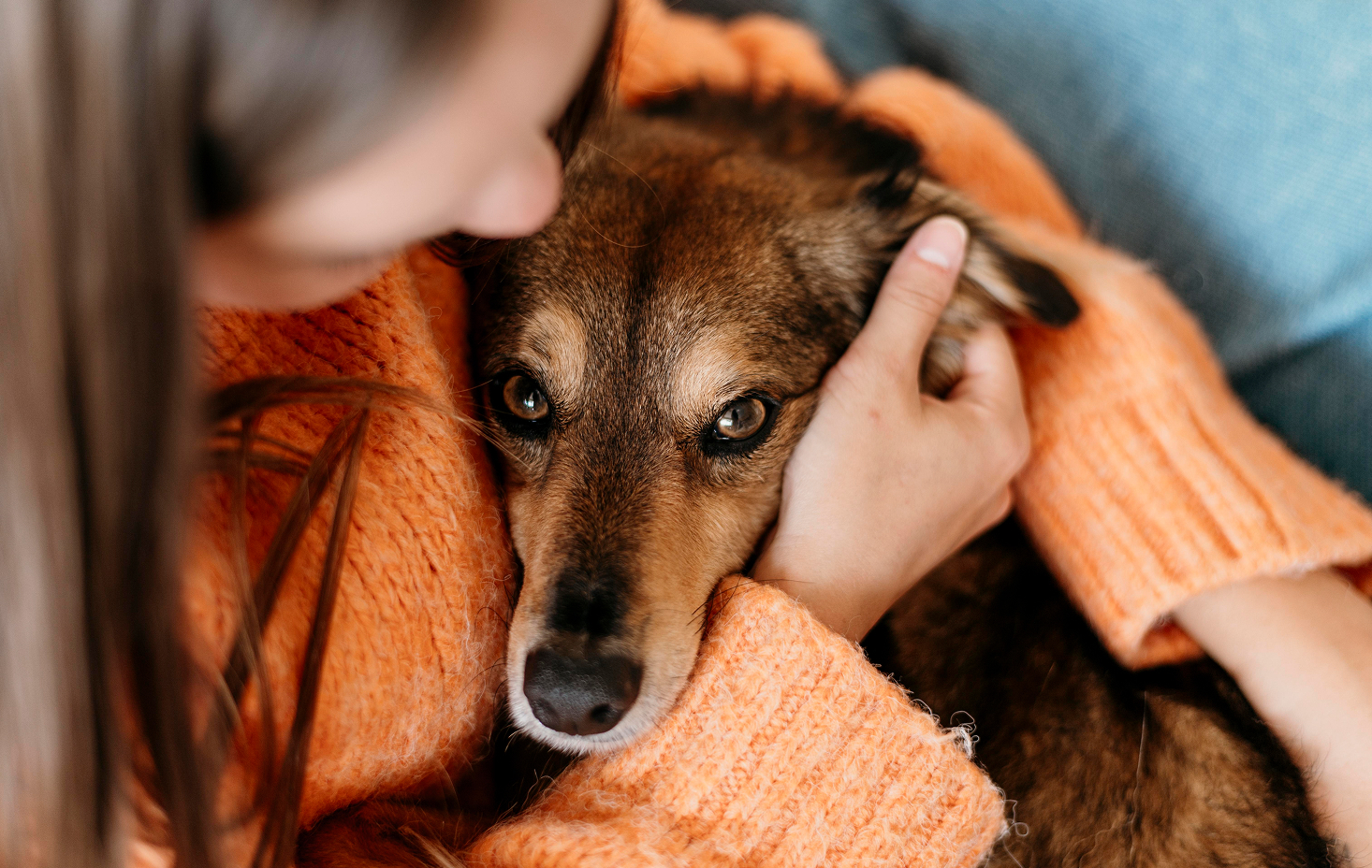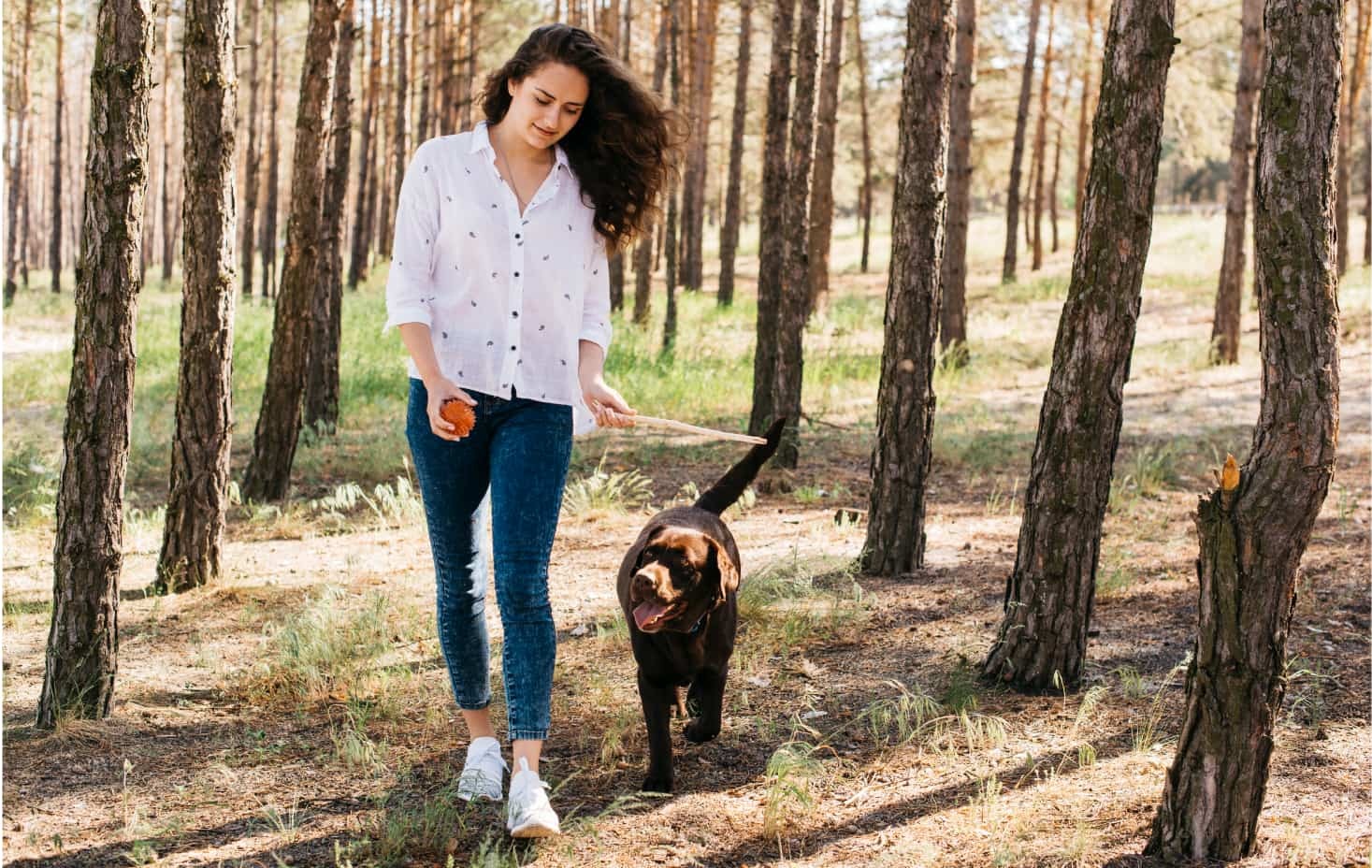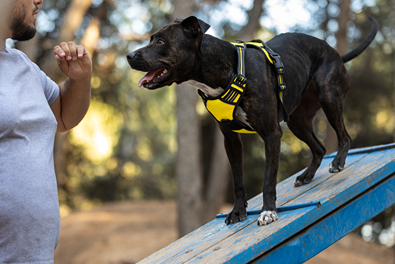Dog training has evolved significantly over recent decades. There has been a shift from purely dominance and force-based techniques to more effective and humane approaches that reflects a broader understanding of canine behavior.
Among the modern methods, positive reinforcement stands out as the preferred training approach. This technique rewards good behaviors, helps dogs learn better, and builds a stronger bond with their owners. This article explores why trainers widely consider positive reinforcement the future of dog training, highlighting its benefits, scientific backing, and practical implementation. We will also explore positive reinforcement’s drawbacks, limitations, and why most dog’s training should not be based exclusively on positive reinforcement.Â
What is Positive Reinforcement in Dog Training?
Definition of Positive Reinforcement
Positive reinforcement encourages a specific behavior by providing a reward after the desired action occurs. The reward can take many forms, such as treats, verbal praise, or play.
The key point is that the dog learns to link the behavior with a positive result. This makes it more likely for the dog to repeat the behavior.
Examples of Positive Reinforcement
- Treats: Using small, tasty treats to reward a dog for sitting on command or performing a trick.
- Praise: Verbal encouragement like “Good job!†or “Well done!†paired with petting can reinforce a behavior.
- Toys: Give your pet a favorite toy after it follows a command correctly. This adds fun to the training.
The Benefits of Positive Reinforcement
Builds Trust Between Dog and Owner
One key benefit of positive reinforcement is that it builds trust between the dog and its owner. When training uses rewards, it allows to dogs see their owners as guides and sources of positivity. This trust helps dogs be more responsive and attentive during training. They see learning as a rewarding experience.
Promotes Long-Term Behavioral Change
Positive reinforcement fosters sustainable behavior modification. Dogs that consistently receive rewards for good behavior tend to develop long-lasting habits.
For example, a dog that learns to stay calm when guests come will keep this behavior. This can happen even when someone slowly takes away the rewards. The transition from frequent rewards to intermittent reinforcement ensures that the learned behavior persists over time.
Reduces Fear and Anxiety
Positive reinforcement creates a supportive environment where they can learn the good outcomes a dog can create for themselves by following commands and developing certain behaviors. This method is especially helpful for dogs that have faced trauma or show nervous behaviors.
The Cons of Positive Reinforcement
Positive reinforcement is a pillar of any good dog trainer’s methodology when motivating your dog to perform positive behaviors and increase the chance that they will perform that behavior in the future. However, when used as an exclusive training method, it can make a trainer and owner very one-dimensional in the strategies that they can employ.
Controlled Environments
Positive reinforcement often necessitates training be done in fully controlled or semi-controlled settings. If your dog makes the wrong decision in a semi-controlled or controlled setting, there is not much positive reinforcement can do to stop or prevent your dog from continuing to make that mistake. In the real world, we cannot always have fully controlled or even semi-controlled situations, and it is physically impossible to desensitize and counter condition our dog to all possible scenarios and environments. Consequently, if we expect our dogs to perform in a wide array of activities and in various areas of our life, other methods must be used to communicate what is and is not acceptable behavior.
Building Behaviors Does Not Discourage Other Behaviors
Positive reinforcement is excellent at building new behaviors, and increasing the chance that behaviors occur again in the future. However, it does nothing to prevent or dissuade your dog from bad behaviors that they have developed. In order to discourage bad behavioral patterns, we can remove things they want in response to a bad behavior or by using leash pressure to guide them away from a bad situation until they reengage with you. Both of these techniques are considered aversive, but we cannot expect our dog to learn that certain behaviors are unacceptable without them.
Pros and Cons of Negative Reinforcement
The Problems with Negative Reinforcement
Negative reinforcement involves the removal of an unpleasant stimulus to encourage a behavior. Using negative reinforcement as your exclusive teaching technique can confuse dogs. This is especially true if the dog does not understand why someone takes away the stimulus. This ambiguity can increase stress for your dog. When negative reinforcement is used exclusively or is relied upon heavily in training, it can have a negative impact on your dog.
Why Negative Reinforcement is Beneficial and Necessary
When negative reinforcement is used in conjunction with positive reinforcement, it can clarify training and learning situations. Instead of just telling your dog what they CAN do, you can also teach them what they CAN’T do. Only teaching a dog what they do can be detrimental to your dog’s training, as you persistently leave the door open to your dog to misbehave if you are not perfectly engaged with you. Likewise, only teaching a dog what they can’t do does not motivate or encourage your dog to perform the preferred behavior. That is why we employ a balanced approach, ensuring the dogs we train fully understand what is expected of them through positive reinforcement and then holding that dog accountable through some negative reinforcement. Unless your dog is entirely off-leash for their training, they WILL experience negative reinforcement. This is why teaching our dogs how to emotionally and behaviorally handle negative reinforcement is critical.
Further reading: Check out our Positive vs. Negative Reinforcement in Dog Training article
Scientific Evidence Supporting Positive Reinforcement
Research on Positive Reinforcement
Scientific research overwhelmingly supports positive reinforcement as the most effective and humane training method. A study from the University of Bristol found that dogs trained with rewards had fewer behavior problems. They also showed higher obedience than dogs trained with harsh methods.Â
Another study in the Journal of Veterinary Behavior showed that reward-based training helps dogs learn better and improves their overall well-being.
How to Implement Positive Reinforcement in Your Training Routine
Basic Tools and Techniques
- High-Value Treats: Use small, easy-to-eat treats that hold the dog’s attention.
- Clicker Training: A clicker can serve as a consistent marker to indicate when the desired behavior occurs. You should immediately follow the click with a treat to establish a clear connection.
- Precise Timing: Reward within seconds of performing the behavior to reinforce the association.
Avoiding Common Mistakes
- Overusing treats is common. Treats are important at first, but you should use them less as your dog learns and implements a variable reward schedule. This helps prevent your furry friend from relying too much on rewards.
- Inconsistency: Consistently rewarding the same behavior helps reinforce the learning process.
- Misplaced Rewards: Do not reward unwanted behaviors. For example, giving a treat to calm a barking dog can easily worsen the barking.
Conclusion
The shift toward positive reinforcement reflects a broader movement in training, one that emphasizes humane and effective methods. By rewarding good behaviors, owners can build trust. This helps encourage lasting changes and creates a stress-free learning space.
Discover how Toko Dogs can help you implement positive reinforcement in your training routine. Explore our Obedience Training Services to begin your journey.
Related Articles

Fear Periods in Dogs – What Every Dog Owner Should Know
If your confident puppy suddenly became afraid of everyday objects or your senior dog unexpectedly developed new fears, you’re not alone. Fear periods in dogs are natural developmental phases that can appear at different life stages, and understanding them is crucial for every dog owner. As San Diego’s dog training experts, we know that creating […]

The Ultimate Guide to Off-Leash Dog Training
Off-leash dog training strengthens trust and improves obedience, giving dogs the freedom to explore while staying under control. This guide covers essential commands, step-by-step techniques, and common mistakes to avoid. Learn how to safely transition your dog to off-leash adventures, ensuring a fun and secure experience for both you and your furry companion.

What is Off-Leash Dog Training and Why Does it Matter?
Off-leash dog training teaches dogs to follow commands without a leash, enhancing obedience, trust, and safety. It allows dogs to explore freely while staying responsive to their owners. This training includes key commands like “come†and “stay,†helping prevent behavioral issues and ensuring control in public spaces, making outdoor adventures more enjoyable for both dog and owner.
